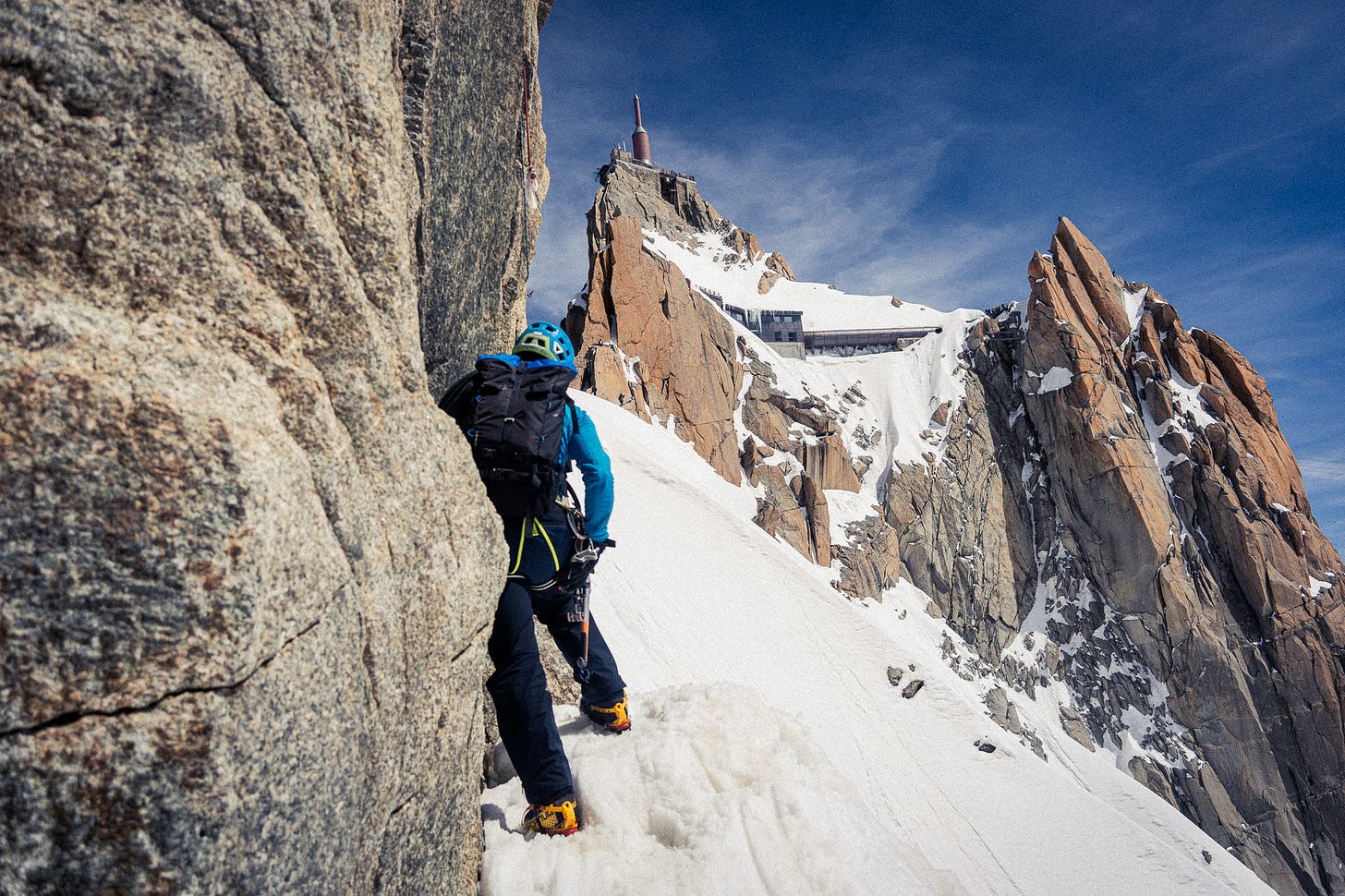Is nature doomed to be caught between consumption and prohibition?
What can mountaineering in the Alps teach us about our changing relationship to the outdoors and can we build a future that does not further alienate us from the natural world?
This post was first published as part of my dissertation Mountains of Modernity, and although I’m not out on the ocean sailing, it explores some of the questions and dynamics that I’m trying to grapple with as I sail from Spain to Australia. Also: I’ve migrated my newsletter to Substack, where I’ll keep sharing fieldnotes and insights from my rogue ethn…
Keep reading with a 7-day free trial
Subscribe to CAPI TACO'S FIELDNOTES to keep reading this post and get 7 days of free access to the full post archives.


